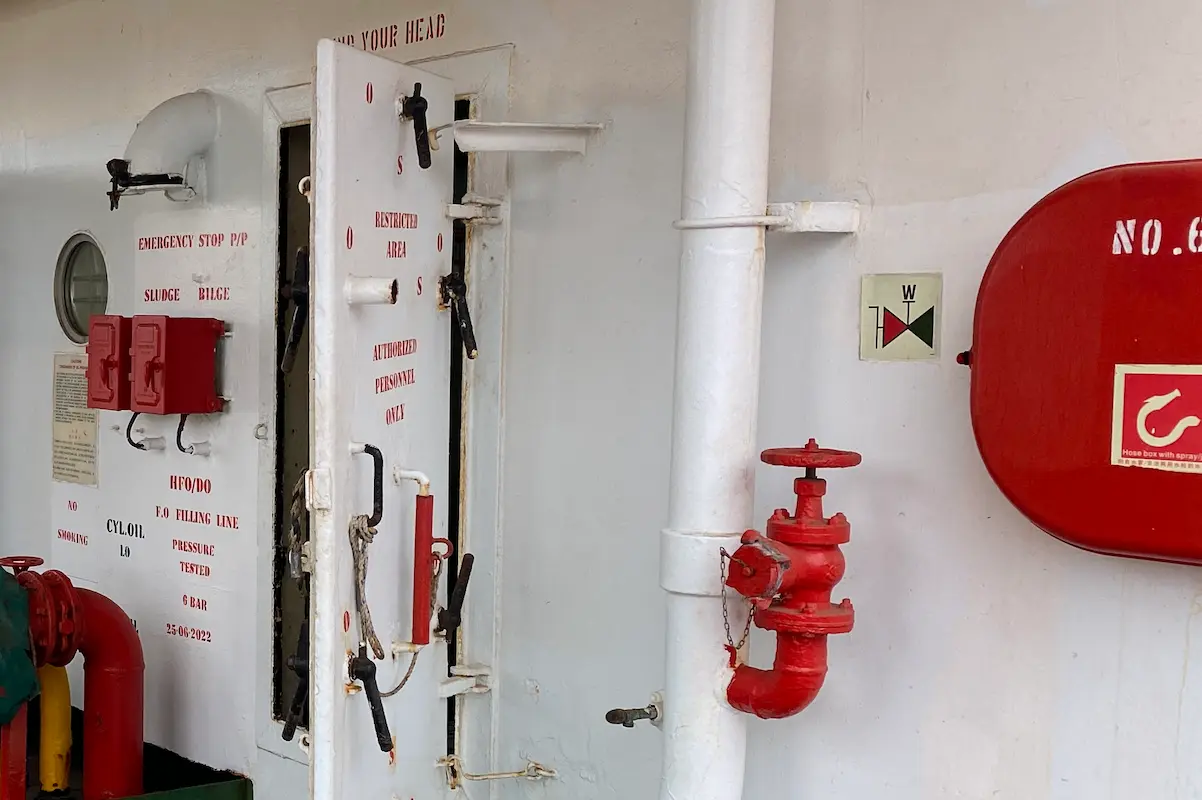If you own, rent, or lease a boat, make sure the bottom is painted, especially in cold climates where the water stays cold for extended periods.
When sailing fiberglass watercraft for a long, such as during summer, ensure the hull is well maintained. Salt and prolonged exposure to water can cause them to develop a white growth or slime on their exterior that can rip away an inadequately maintained hull.

However, when you spray marine paint on your boat exterior, it hardens when it comes into contact with water, making slime and growth more difficult to form.
It’s difficult to remove these paints and, if done incorrectly, can cause harm to your hull. Additionally, it can take some time and elbow grease. So, if you are interested in removing some old, crusty hull paint or simply want to know how to clean it, this guide can point you in the right direction.
Types of Removing Boat Bottom Paint
A couple of options are available to effectively remove your watercraft’s bottom paint. The best method depends on how long the paint has stayed and your level of experience, as it will ensure you get it removed safely with minimal effort.
If you’re ready to repaint, then here are some options for removing the hull’s paint:
Sanding
The bottom color removal from a fiberglass watercraft can be a complex operation. Before commencing any work on your boat, wear safety clothing. We recommend wearing gloves and eye protection.
The first step is to ensure that you have all the tools and supplies for the project. You will need the following items for this:
- Paint scraper
- Orbital sander
- Sandpaper
- Paint thinner
The second step is to clean the exterior of your boat when you have everything ready. With a wire brush, remove any stray pieces of fiberglass or gel finish that have chipped off over time. If you don’t clear it off beforehand, you can scrape the hull or harm other parts of your boat during this operation.
Then, begin sanding any portions of the surface texture that have defects. Work your way up through each successive grade until you’ve removed all flaws from your hull.
Soda Blasting
Like sanding, follow all the safety precautions when soda blasting your boat. Always wear eye and hearing protection as baking soda can cause damage to both eyes and ears.
While utilizing soda blasting, remember to follow your state’s environmental standards about sustainable use and disposal methods. The use of larger crystals of ordinary baking soda decreases environmental risks. Using this method can be an easy and effective way to remove the build-up and chipped paint without damaging the fiberglass.
Soda blasting necessitates some planning since you need to purchase a few items from a hardware store. Here are some pointers to follow when using baking soda to clean the exterior paint from your fiberglass boat:
- Make sure you have all your supplies ready for starters. To make a baking soda blast, you’ll need the following items:
- Large plain regular, or coarse baking soda crystals
- A power washer
- Pair of gloves and respirator mask
- An air compressor with a proper nozzle size for your watercraft as a soda blaster
- Mixing and rising buckets
- Confirm that the exterior part of the boat is clean and dry. If not, clean it first and then wait for it to dry before beginning the soda blasting.
- Check the instructions on the soda blaster and make a batch of baking soda with water. If there are no given instructions, use 2 parts baking soda per gallon of water, but add more if it still does not bubble up enough. Concentrate the mixture to get a sparkling clean fiberglass boat bottom.
- Then connect a hose to both ends of the air compressor: a supply of compressed air and a drain hose.
- Put on your protection gear-respirator and earplugs.
- Point your soda blaster toward the boat’s exterior and blast away, revealing a clean hull. Finally, rinse.
Chemical Stripping
There are two types of chemical strippers: acidic and alkaline.
Acidic cleaners chemically break down the build-up and paint on your fiberglass boat bottom, making it easy for you to scrap it off. To make a mixture of acidic strippers, you need hydrochloric acid and water. Luckily, this acidic mixture will not affect any metal components on your boat, such as zincs or stainless-steel gear. However, you must soak your hull for at least 24 hours before scraping it off with a putty knife or scraper blade.
On the other hand, alkaline strippers function by combining with the gel coat undercoat, making it easy to scrape or sand off. Apply the alkaline strippers according to the label instructions, then wait before sanding or scraping any leftover residue.
Tips on Removing your hull’s Paint from a Fiberglass Boat
If you own a fiberglass boat, remove the bottom boat paint regularly. Clean your boat’s hull if your paint has chipped or if you just need a new fresh coat of paint. Cleaning up the boat’s exterior paint is easy, but it takes time and effort.
Here are a few tips that might make your hull cleaning process easier:
- Take your items off the watercraft as you may risk damaging them when cleaning.
- Have all the materials you’ll need depending on the watercraft’s exterior cleaning method.
- Have some rags on hand to dry off after washing the boat so that water doesn’t leak into places it shouldn’t while you’re at work.
- As you clean the bottom of the boat, make sure there are no other boats around. It could be hazardous if the boats collide while operating with chemicals or other potentially hazardous substances.
Key Takeaway
Bottom paint is a necessary evil on fiberglass boats—it protects the hull from water and the corrosive effects of salt. Because the paint on your boat will eventually fade, you can keep it to a minimum by taking proper care of your vessel. Having a few tips and the know-how for removing the hull paint on hand can help you take proper care of your boat.
- 11 Boat Salvage Yards in Texas – January 18, 2025
- 7 Boat Salvage Yards in Michigan – January 15, 2025
- Fire Hose SOLAS Requirements, Regulation 10: Ensuring Maritime Safety – January 9, 2025




